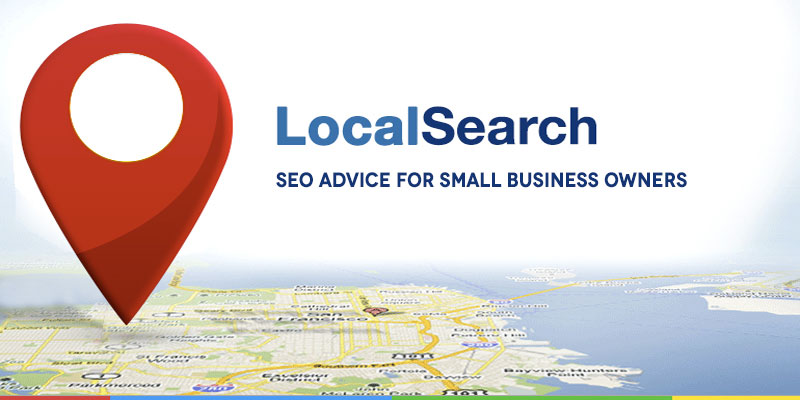Local SEO is less competitve, less expensive, and makes more sense for small businesses that serve a specific geographic area. 80% of business for companies that serve a geographic area come from within 5 miles of their location. It’s a great opportunity for small businesses because the competition is smaller, you’re only competing for position with other businesses in the same location.
The better visibility you have on a SERP (search engine results page), the more likely that someone will click and convert.
New Google research says that 50% of mobile users are likely to visit after conducting a local search, versus only 34% of consumers on tablets or computers. Google also says that these people are ready to buy once they are in a store, as 18% of local searches lead to sales, compared to 7% for non-local searches.
An amazing 50% of visitors to Google Maps only do business with the top 3 results.
This means you better make sure to optimize your business directory listings! 70% of Google+ Local web sites are unclaimed by the business owner – even those with customer recommendations!
60% of advertising professionals say that geo-targeted advertising delivers stronger ROI than other buys (2011).
Why is this? Local search converts quickly; local searches are more likely to convert within an hour or day than non-local.
- 70% of mobile searches lead to action within one hour – It takes one month for the same percentage of desktop users to catch up
- 90% of mobile searches lead to action and more than 50% lead to a purchase
- 82% of local searches follow up with a store visit, phone call or purchase
- 18 percent of local searches lead to sales, compared to 7 percent for non-local searches
- Local posts see 5x more % reach on average than non-local
Local also means mobile. One half of all local searches are performed on mobile devices.
This is yet another good reason why you need to be mobile friendly. Need another? 61% of mobile customers admit that they are likely to go to a competitor site after visiting a mobile unfriendly site.
Also, the more devices shoppers have at their disposal, the more local searches they perform across the board. Shoppers with only PC’s averaged 5 local searches in a week, while those with at least 3 devices, average nearly 30 local searches a week. How do you improve your local and mobile marketing?
In a recent blog post, Google gave tips for making local advertising more relevant:
- Optimize for the consumer’s location: Advertisers can reach a large set of consumers by starting with a wide geographic area such as the entire U.S. and then using location bid adjustments to fine-tune bids for specific areas or ZIP codes.
- Help consumers find what they need: Make it easier for the people searching to see the information they need most. Simply adding location extensions, a phone number, or a click-to-call button right in the ad can help consumers take action faster.
- Engage consumers near your stores: You should use radius bidding to reach consumers near stores and build an attribution model for local searches.
Google also recently conducted a study about what information people seek when they are searching for local businesses. What they found was that people were searching for business hours, directions to a local store, product availability, or the local store address. 15% of in-store activities involved mobile searches about a product or price comparison.


